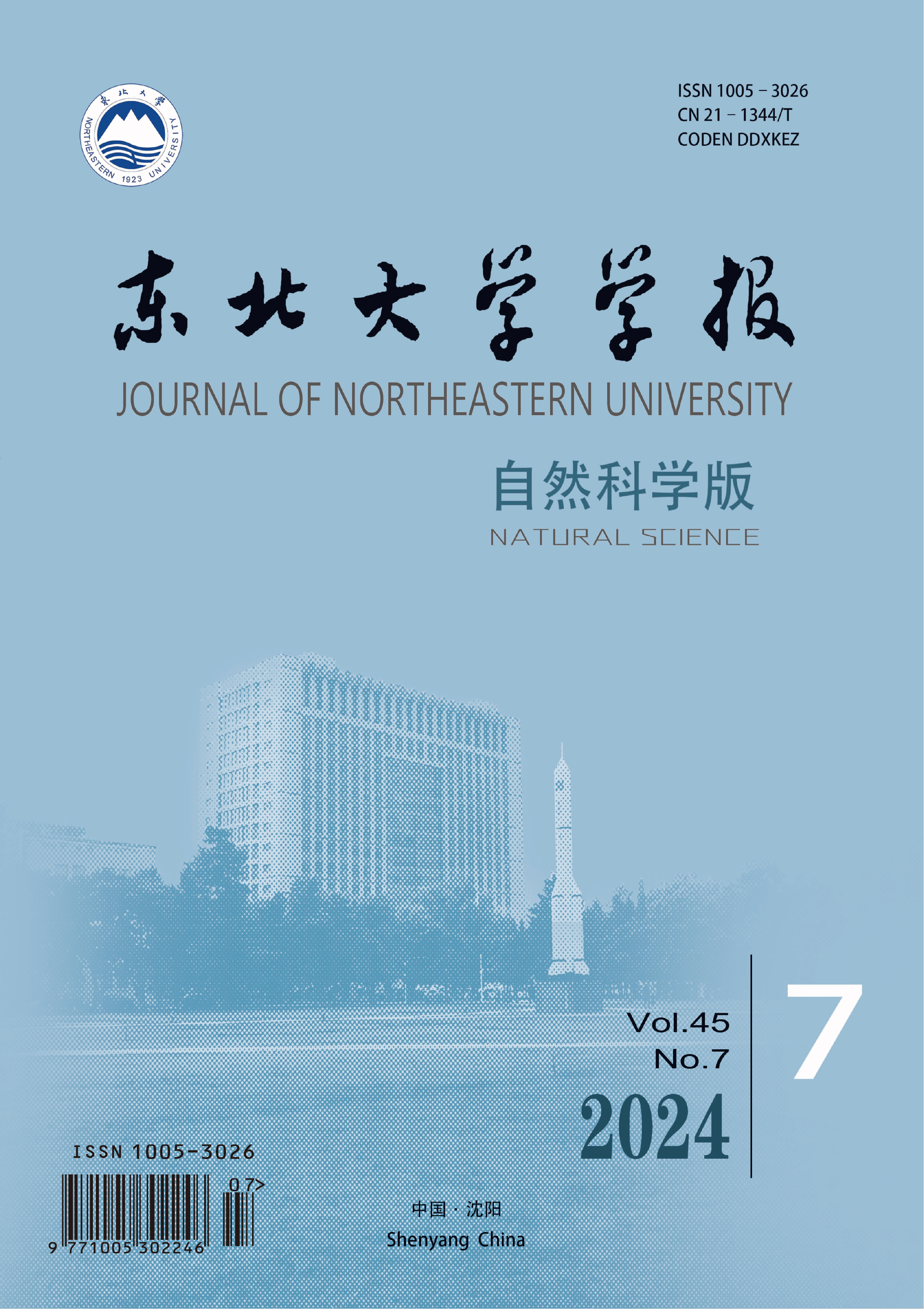In order to solve the problem that the longitudinal vehicle speed is set as a constant value in traditional vehicle research, a robust gain scheduling fault diagnosis algorithm is designed based on an observer. Firstly, by taking the longitudinal vehicle speed as the scheduling variable, while considering actuator fault, model uncertainty and external interference, a mathematical model using linear parameter varying (LPV) is established on the basis of the traditional vehicle model. Then, the state of the actuator fault is reconstructed, and a robust gain scheduling observer with variable weight factor is designed to achieve dual estimation of vehicle state information and actuator fault signals. Finally, joint simulations using MATLAB/Simulink and Carsim are carried out under double lane change and snake maneuvers. The results show that the designed actuator fault diagnosis algorithm can effectively deal with the time?varying characteristics of vehicle longitudinal speed, and track the vehicle state and fault information timely and accurately under complex working conditions, which breaks through the limitations of traditional vehicle fault diagnosis algorithms.

